When we turn wood we recognize the differences between hard wood and soft wood. This has an impact on how we use our tools and what we will turn from the wood. Wood also has other properties that are important as well. This article looks at health challenges that can arise even from the most common local wood. Thanks to Sarah from Wearing Woad for this post.
A surprising number of common turning woods can cause health challenges. This can be sensitivity to the wood or dust over time, or allergic reactions. Some of these woods can exploit previously existing allergies and sensitivities, creating more complex health challenges. Other woods can impact you over time, while with others it is less the wood itself as the condition it is in, that can cause a problem.
I am only covering five of the less obvious and more common turning woods. However, if you would like a full list of woods that can give turners and woodworkers negative reactions, check here or here.
Most actually poisonous wood substances are found in the bark, leaves, or sap of a given wood species. However, even with properly cured wood, there can still be residual amounts of sap, or fragments of bark, hanging around in your wood blank. Take extra precautions if you are turning a project that leaves the bark on such as, a natural edged bowl or vase.
The best way to avoid sensitization (gradually building up an allergic reaction to a given wood), is to use proper dust protocols. Whether you are sensitive to a specific wood or not, you also want to protect your lungs from the physical irritation of wood dust. This includes a dust collection system, ventilation to the outdoors, a dust mask, and eye protection. Walnut, a very common turning wood, is one that can cause sensitization over time. Also, if working with any wood that is a skin irritant, one should make sure to change and shower immediately after working with the wood to remove the potential irritation and prevent it from infiltrating one’s home.
The Five Common Turning Woods:
Birch:
A light toned wood, common and easy to collect in North America, and completely harmless as a tree. However, birch and willow species can have a negative impact on anyone with an existing allergy to aspirin, as they contain the same compound. The wood dust from birch is a common sensitizer. But, the biggest challenge from birch is for those with an existing aspirin allergy.
Black Walnut:
A common exotic wood, black walnut can cause sensitizing with over-use, and potentially in those with an existing tree-nut allergy. Black walnut contains many compounds which can cause irritation to the eyes or respiratory system. While most finishes for furniture and such are non-permeable, allergy warnings should be placed on any black walnut turnings intended for holding or handling food as food-grade finishes are somewhat permeable.
Cocobolo:
Another interesting exotic wood, cocobolo is a poisonous tree. It can act as an irritant and sensitize over time. Proper facial dust protection, and skin protection, should be utilized when turning cocobolo. As cocobolo is from a poisonous tree, it is not recommended for any project where it will be in contact with food. Remember that acidic foods, such as Salsa can cause leaching even through finishes.
Rosewood:
There are several different species that fall under the classification for rosewood. The dust and wood encountered when turning rosewood can act as both an irritant and a sensitizer. Rosewood has a high potency rating for causing sensitivity. If you plan on turning any amount of rosewood you should take proper dust precautions. This is true even if you are only using Rosewood as a highlight on your turning.
Spalted Maple:
Another very common turning wood in North America, maple can act as a sensitizer when it is spalted. Spalted wood is wood that has just begun to be consumed by fungi and molds. As a result, the mold and fungi dust can cause respiratory sensitivity, or pneumonia. Extra dust precautions should be taken when turning any wood that is spalted whether maple, birch, or any other wood.
Wood turning different woods is awesome. But, developing sensitivity to your favorite wood would definitely lessen the enjoyment in turning. Make sure to take proper wood precautions, and enjoy your turning in safety and health.
Thanks for the article Sarah.
These woods are quite common and used frequently in woodworking and woodturning. In addition to using your lathe safely you also want to consider what you are turning as well. For example I wouldn’t want to turn pressure treated preserved wood. There would be too many chemicals present for my liking. Woodturning as a physical activity can also impact your health and I say more in my post “Is Your Woodturning Affecting Your Health?”.
It may not be obvious that the wood you are working with is a health challenge. Be aware of your body and how you are reacting to your turning. Skin irritation from the shavings could be the first sign that this wood might not agree with you. Some of the birch I have turned in projects has been quite spalted and my body has not liked turning it. I’m not allergic to aspirin but the wood dust from spalted wood isn’t very good either.
Spalted turnings have dark lines and contrast because of the fungal growth in the wood. This make the end result stunning and attracts us as woodturners. If you are turning spalted wood, or one of the above species, you might want to alternate between different species so that you do not have constant exposure to only one species of wood.
In western Canada I have two local species that could be quite irritating. They are Western Red Cedar and Rocky Mountain Juniper. Both of these woods are quite scented. I would take precautions if turning either of these woods. Scented woods have more oil present which would increase the chances that it could irritate your skin and lungs. Learn what trees in your area could pose health challenges for you.
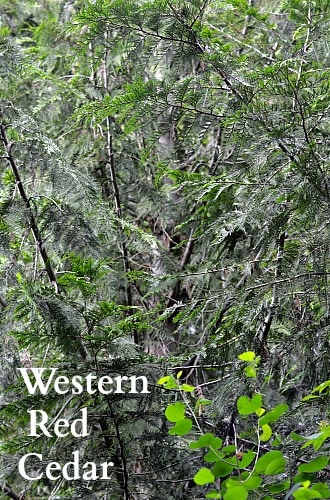
Several woodturners that I know have faced health challenges from the shavings and dust produced while woodturning. As a minimum you should wear a dust mask. Better protection comes from a respirator, and complete protection is provided with a helmet system that gives you filtered air from an input source attached to your back. In addition a shop dust collection system would also reduce the risk.
Now that you can evaluate the wood you are turning there are lots of turning projects available here. You can click on the projects tab above, or click here, for a complete project listing: Build Your Inventory.
If you like the woodturning information please sign up for my newsletter. It is by email and will notify you once a week of the projects and business posts that I have produced. The sign up box is at the top of the right side bar. Thanks for visiting and remember to turn safely.




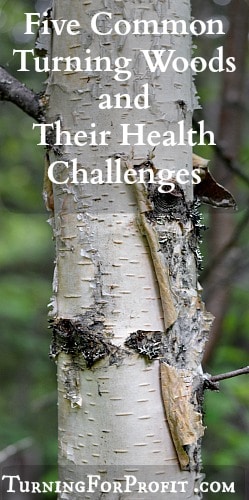

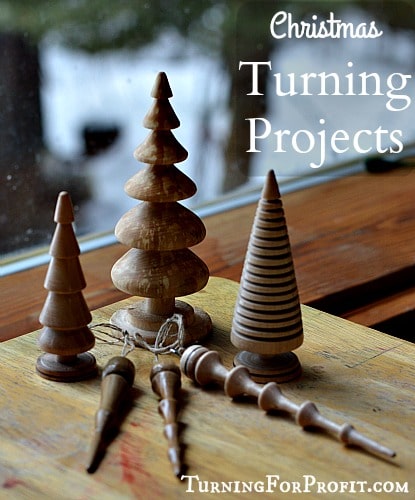

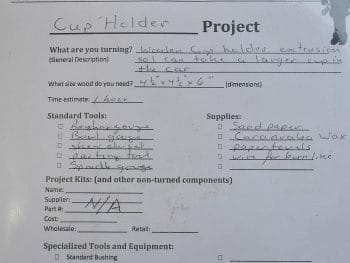
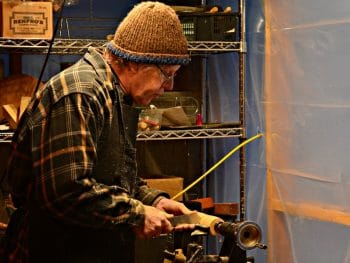

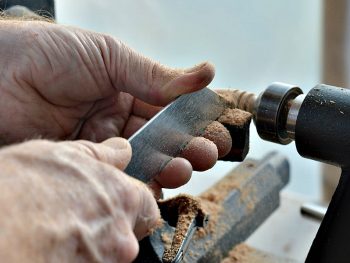
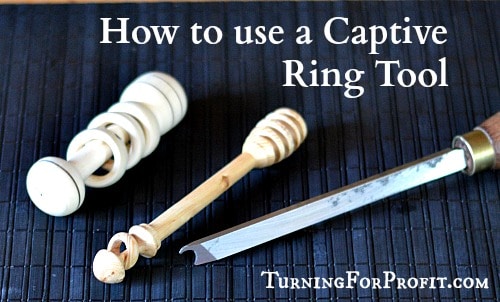
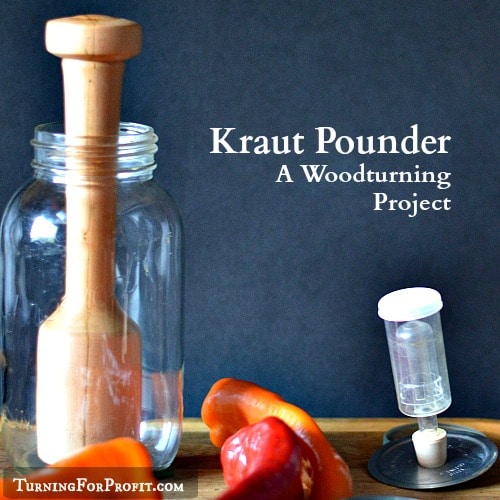

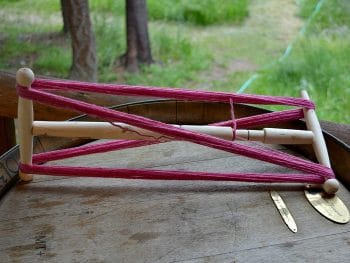


Thanks for this info.
The information about Spalted maple is grossly incorrect, and is an urban legend. The Fungus in any spalted wood is dead. I will gladly point my evidence to Dr. Sara Robinson. of Oregon State University. as well as northernspalting dot com. Also look for the you tube channel nwfiguredwoods for the video Seri Robinson – Everything you need to know about fungi and spalting Published on Jul 27, 2017. lots to be learned.
Thank you. I was unaware of this and will do further research.